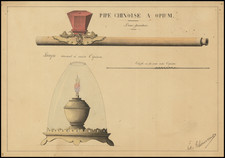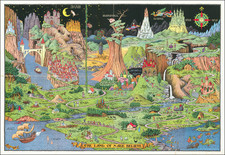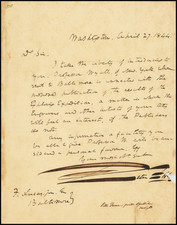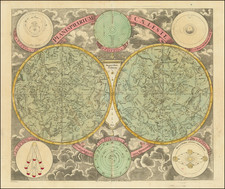Jo Mora's Sweetheart of the Rodeo Makes Its Final Appearance
The National Day of the Cowboy Hatch Show Print Poster effectively weaves art and culture together, celebrating cowboy culture while showcasing the enduring tradition of poster-making. The limited edition poster for the 7th Annual National Day of the Cowboy stands as an apt representation of this fusion of history and craft.
Central to the 2011 poster is the inconic 1933 "Sweetheart of the Rodeo" image by California artist Joseph "Jo" Mora, which was first used to illustrate the promotional poster for the 1933 Salinas Redo. Mora's work provides a detailed and genuine representation of Western American culture. In 2011, the Jo Mora estate licensed a final use of this iconicimage for the National Day of the Cowboy poster.
Behind the scenes of this poster's creation is the legacy of Nashville, Tennesse based Hatch Show Print. Having started in 1879, Hatch continues its authentic approach to poster-making, using hand-carved wood blocks on a manual press. This method preserves the traditional touch in each poster they produce.
The National Day of the Cowboy, observed on the fourth Saturday in July, offers a nod to cowboys' significant influence on American history and culture. With its recognition in 15 states, this day underscores the relevance of the cowboy's role in our national narrative.
Joseph Jacinto "Jo" Mora, born 22 October 1876 in Uruguay, died 10 October 1947 in Monterey California. Mora came to the United States as a child, he studied art in New York, then worked for Boston newspapers as a cartoonist. He was a man of many other talents, artist-historian, sculptor, painter, photographer, illustrator, muralist and author. In 1903, Mora came to California, then in 1904 he moved to Keams Canyon in northeast Arizona, living with the Hopi and Navajo Indians. He learned their languages and photographed and painted an ethnological record, particularly of the Kachina ceremonial dances. In 1907, he married Grace Needham and they moved to Mountain View, California. He moved to Pebble Beach in 1922 and established a home and large studio there, it being near the Carmel Mission (San Carlos Borroméo De Carmelo Mission) after being commissioned to do the Serra Sarcophagus* for Padre (Father) Ramon Mestres.
During his long and productive career, Mora illustrated a number of books including Animals of Aesop (1900), Dawn and the Dons - The Romance of Monterey (1926), Benito and Loreta Delfin, Children of Alta California (1932), and Fifty Funny Animal Tales (1932). He authored three books, A Log of the Spanish Main (1933), Trail Dust and Saddle Leather (1946) and his posthumous publication, Californios (1949).
His map work included Monterey Peninsula (1927), and Seventeen Mile Drive (1927), California (1927), San Diego (1928), Grand Canyon (1931), Yosemite (1931), Yellowstone (1936), Carmel-By-The-Sea (1942), California (1945) (large and small versions), and Map of Los Angeles (1942).










![[Japanese Invasion of Manchuria] Far East / War Fever](https://storage.googleapis.com/raremaps/img/small/63382.jpg)


![[ Letter of Marque ] Articles of Agreement and Engagement of the Privateer or Letter of Marque the Alarm belonging unto the Island of Guernsey . . . 1798](https://storage.googleapis.com/raremaps/img/small/100233.jpg)
